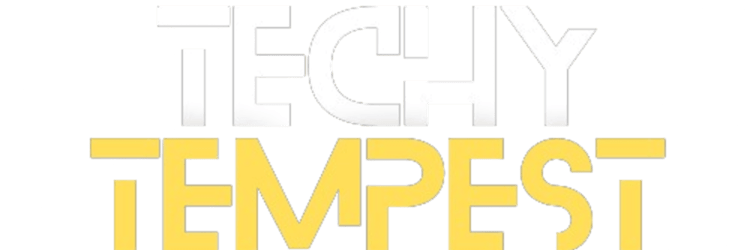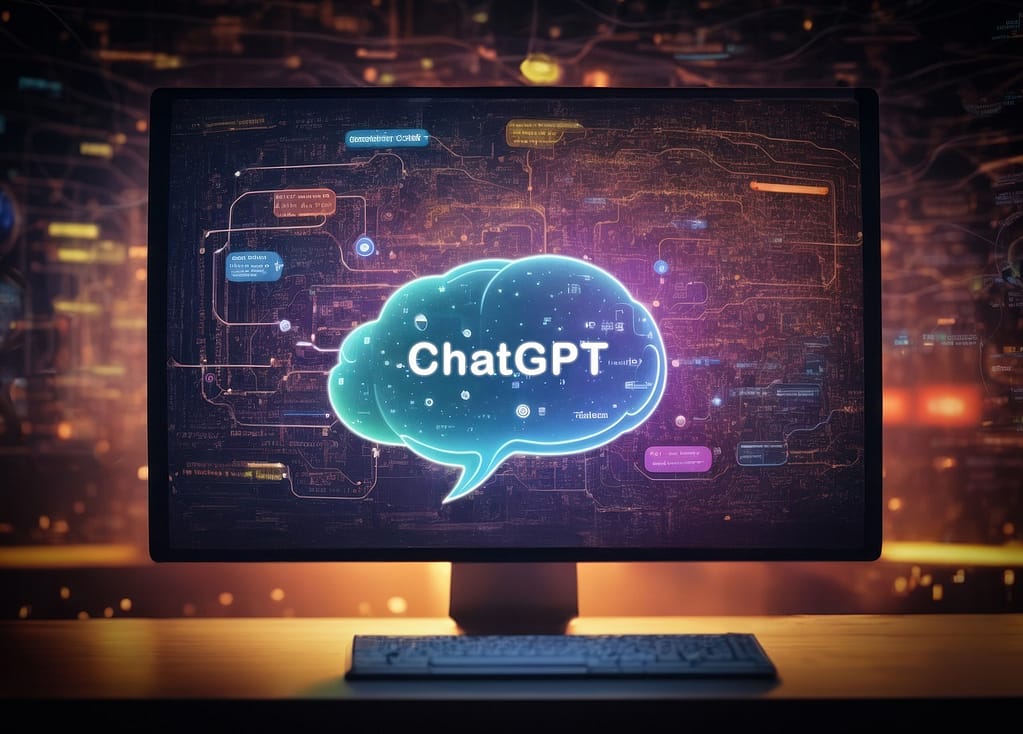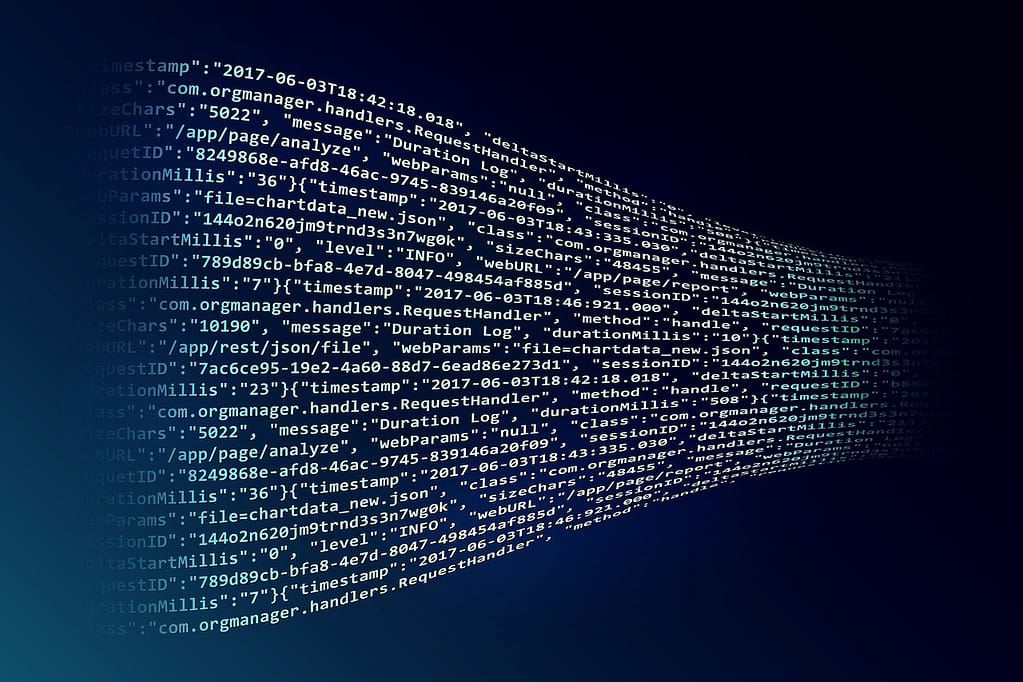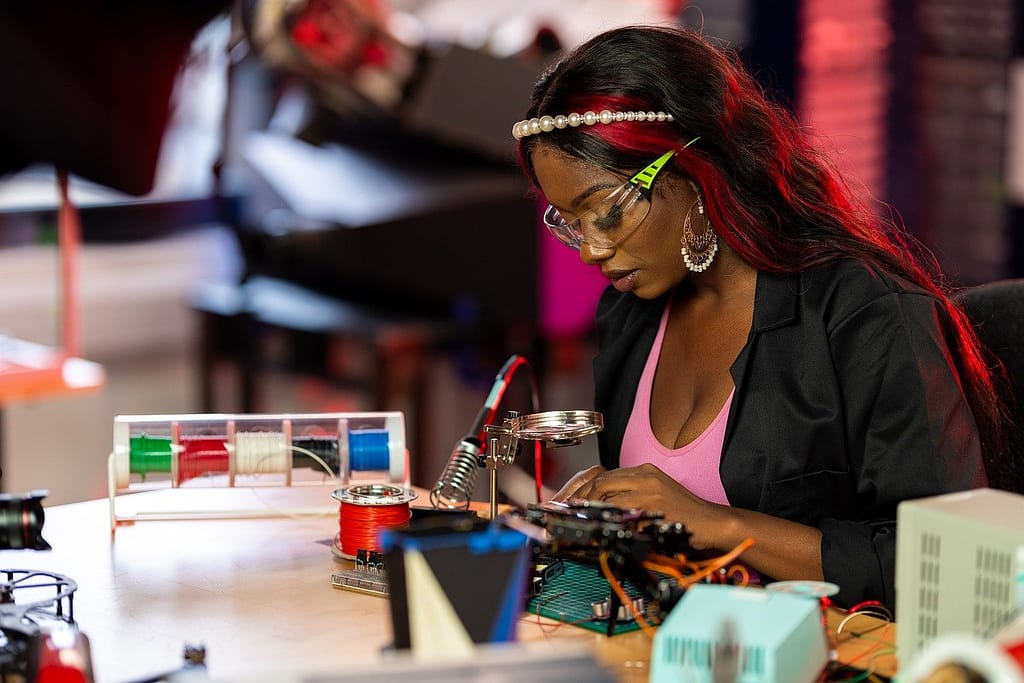I. Introduction
In today’s rapidly evolving world, artificial intelligence (AI) and human intelligence (HI) are transforming industries in profound ways. While AI refers to the simulation of human intelligence processes by machines, HI encompasses the cognitive abilities, creativity, and emotional depth unique to humans. Together, AI and HI are redefining the creative industries, which include art, design, music, film, animation, writing, and more. This article explores how these two forces are shaping the future of creative industries, highlighting their roles, synergy, ethical considerations, and future prospects.
II. The Role of AI in Creative Industries
A. Overview of AI Technologies
AI technologies are diverse and powerful, encompassing machine learning, natural language processing (NLP), and computer vision. Machine learning involves training algorithms to recognize patterns and make decisions based on data, NLP enables machines to understand and generate human language, and computer vision allows machines to interpret and process visual information.
B. AI Applications in Creative Fields
- Art and Design: AI algorithms can generate unique artworks by analyzing existing pieces and creating new ones based on learned patterns. For example, the AI artist “AICAN” has produced pieces that have been displayed in galleries and sold at auctions.
- Music and Audio Production: AI is used to compose music, suggest harmonies, and even produce entire tracks. OpenAI’s “MuseNet” can compose music in various styles, demonstrating the potential for AI-assisted creativity in music production.
- Film and Animation: AI helps in automating aspects of film production, such as scriptwriting, editing, and special effects. Companies like “DeepMind” and “Runway ML” are exploring how AI can enhance visual storytelling.
- Writing and Content Creation: AI tools like “GPT-4” can generate written content, assist in editing, and even create entire articles or stories, providing valuable support to human writers.
C. Case Studies
- Art: The portrait “Edmond de Belamy,” created by the AI algorithm developed by the Paris-based collective “Obvious,” was auctioned at Christie’s for $432,500. This event marked a significant milestone for AI in the art world.
- Music: Taryn Southern’s album “I AM AI” was produced using AI tools like Amper Music, showcasing how AI can be an active collaborator in music creation.
- Film: The short film “Zone Out” was created using AI tools for editing and special effects, illustrating AI’s potential in film production.
These examples demonstrate AI’s growing influence in creative industries, offering new possibilities and efficiencies.

III. The Role of HI in Creative Industries
A. The Unique Qualities of Human Intelligence
Human intelligence brings irreplaceable qualities to the creative process:
- Creativity and Imagination: Humans possess a unique ability to imagine, conceptualize, and create original ideas.
- Emotional Intelligence: The ability to understand and express emotions adds depth and authenticity to creative works.
- Cultural and Contextual Understanding: Humans can interpret and incorporate cultural nuances and context, ensuring relevance and resonance with diverse audiences.
B. HI Applications in Creative Fields
- Artistic Inspiration and Vision: Human artists bring personal experiences, emotions, and visions to their work, creating deeply personal and impactful art.
- Storytelling and Narrative Development: Human writers craft compelling narratives, drawing on their understanding of human emotions and experiences.
- Human-Centered Design and User Experience: Designers focus on creating user-friendly and emotionally engaging experiences, considering human needs and behaviors.
C. Case Studies
- Art: Vincent van Gogh’s “Starry Night” exemplifies how personal experiences and emotional depth drive artistic creation.
- Music: Beethoven’s symphonies, composed despite his deafness, highlight the profound emotional and creative power of human intelligence.
- Film: Films like “Schindler’s List” demonstrate the power of human storytelling to convey deep, emotional, and historical narratives.
These examples underscore the irreplaceable role of human intelligence in the creative process.
IV. Synergy Between AI and HI
A. Collaborative Potential
The combination of AI and HI can enhance creativity and innovation:
- Enhancing Creativity and Innovation: AI can provide new perspectives and tools, while humans add emotional and cultural depth.
- Streamlining Workflows and Production Processes: AI can automate repetitive tasks, allowing humans to focus on more creative aspects.
B. Examples of AI and HI Collaboration
- Co-Creating Art and Design: Artists are using AI tools like “DeepDream” and “DALL-E” to generate ideas and co-create artworks.
- AI-Assisted Music Composition: Musicians use AI tools like “Amper Music” to explore new musical ideas and enhance compositions.
- Interactive and Immersive Storytelling: AI technologies enable the creation of interactive stories and experiences, such as AI-driven video games and virtual reality narratives.
C. Benefits and Challenges
- Advantages of Synergy: Combining AI and HI can lead to innovative and high-quality creative outputs.
- Potential Obstacles and Solutions: Challenges include ensuring ethical use, addressing biases, and maintaining a balance between AI and human contributions.
The synergy between AI and HI holds great promise for the future of creative industries, offering new opportunities for innovation and expression.

V. Ethical Considerations
A. Intellectual Property and Authorship
- Ownership of AI-Generated Content: Legal frameworks need to address who owns the rights to AI-generated works.
- Attribution and Recognition of Human Input: Ensuring that human contributions are recognized and valued is crucial.
B. Bias and Representation
- Addressing AI Biases in Creative Outputs: AI systems can perpetuate biases present in their training data, affecting the fairness and inclusivity of creative works.
- Ensuring Diverse and Inclusive Content: It is essential to create AI systems that promote diversity and inclusivity in creative industries.
C. Transparency and Accountability
- Disclosure of AI Involvement in Creative Works: Transparency about AI’s role in the creative process is important for trust and credibility.
- Ethical Guidelines and Standards: Developing and adhering to ethical guidelines for AI use in creative industries is necessary to ensure responsible practices.
Ethical considerations are vital to navigating the integration of AI and HI in creative industries, ensuring fairness, accountability, and respect for human contributions.
VI. Future Prospects
A. Emerging Technologies and Trends
- AI Advancements in Creative Tools: Continued advancements in AI technology will lead to more sophisticated and accessible creative tools.
- Evolving Roles of HI in a Tech-Driven World: Human roles in creative industries will evolve, focusing more on strategic, emotional, and cultural aspects.
B. Potential Impacts on Creative Industries
- Economic Implications: AI and HI integration can lead to new business models, job opportunities, and economic growth in creative industries.
- Societal and Cultural Shifts: The collaboration between AI and HI will influence cultural production and consumption, shaping societal norms and values.
C. Predictions and Visions for the Future
- Experts’ Perspectives: Industry experts predict a future where AI and HI coexist harmoniously, enhancing creativity and innovation.
- Possible Scenarios and Developments: Future scenarios include AI-driven creative collaborations, immersive experiences, and new forms of artistic expression.
The future of creative industries looks bright, with AI and HI working together to push the boundaries of what is possible.

VII. Conclusion
In conclusion, AI and HI are transforming creative industries in profound ways. AI provides new tools and efficiencies, while human intelligence brings creativity, emotional depth, and cultural understanding. The synergy between AI and HI holds great promise, offering new opportunities for innovation and expression. However, ethical considerations are essential to ensure fairness, accountability, and respect for human contributions. The future of creative industries is bright, with AI and HI shaping a new era of creativity and collaboration.
VIII. References
- Christie’s Auction. “Edmond de Belamy” Auction.
- OpenAI. MuseNet.
- Southern, T. “I AM AI” Album.
- Obvious. “Edmond de Belamy” Creation.
- DeepMind. AI in Film Production.
- Runway ML. AI Tools for Film and Animation.
These references provide insights into the integration of AI and HI in creative industries, highlighting case studies, ethical considerations, and future prospects.





Pingback: AI in Materials Science: From Data to Discovery - Techy Tempest